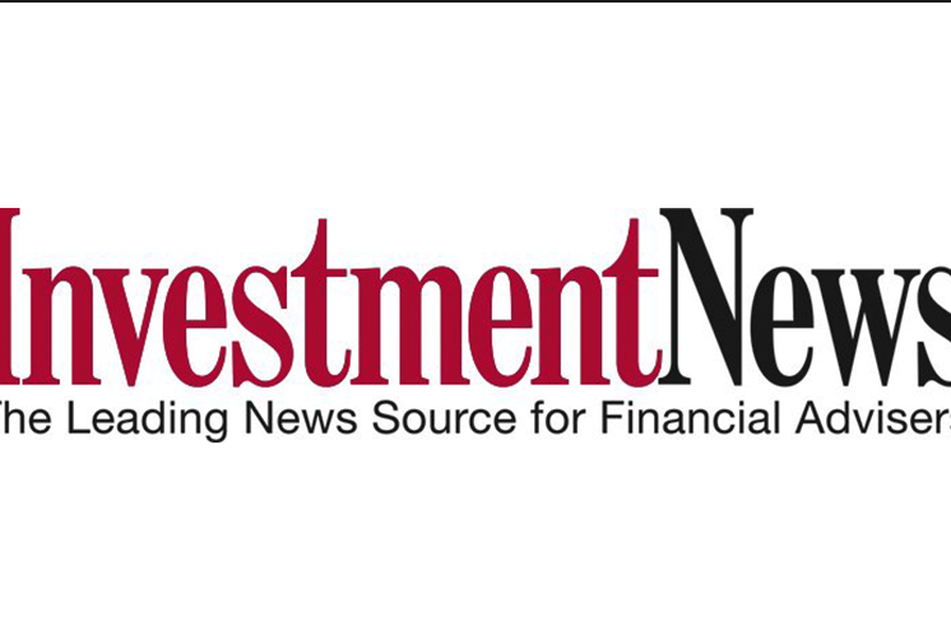Advisory firms learn how to ‘dress’ for sale success

Just like some home sellers who resort to a fresh coat of paint to enhance their home's “curb appeal,” financial advisers can take steps to help their practices sell faster and for a higher price.
Just like some home sellers who resort to a fresh coat of paint to enhance their home’s “curb appeal,” financial advisers can take steps to help their practices sell faster and for a higher price.
With mergers-and-acquisitions activity among advisory firms picking up — deal volume was the strongest on record in the first half of the year — competition among sellers is sure to rise in the months ahead. But before hanging out a “for sale” sign, owners need to make sure that their firms are ready for the market.
The first step in that preparation, experts said, is to evaluate a firm’s weaknesses.
For many firm owners, that is easier said than done.
“It’s amazing the number of advisers who truly believe their way of doing the business is the be-all and end-all,” said Fred J. Schaard, president of Rehmann Financial, which has $2 billion in assets under management and has purchased seven advisory firms over the past year. “They think everyone else should be doing it their way.”
In fact, positioning a firm so it will be able to thrive without its current leadership is one of the best things an adviser can do to assure that it is “move-in ready,” said David DeVoe, managing director of strategic development at Schwab Advisor Services.
“I tell advisers, “You need to run your business like you’re going to sell it any day,’” he said. “If they say, “I’m growing at this rate because of my charisma,’ that’s not going to work.”
Practices that grow because they have efficient systems in place rather than by the force of their owners’ personalities are simply more marketable, Mr. DeVoe said.
“A firm is much more valuable if it’s not dependent on a single individual,” he said.
Firm owners should head to the deal table prepared to talk about their firm’s unrealized potential and what a prospective buyer could do to tap that potential.
“The adviser needs to show what was preventing him from growing and how a potential buyer could improve the business — perhaps because he has more resources and is willing to hire more people,” said Dave Karnofel, director of North American business development for BCMS Corporate, an M&A consulting firm.
Finally, any firm that is gussying up for a sale must be able to stand up to a buyer’s due diligence. That means everything from making sure that all the financials are in order to making sure that the office trash barrels aren’t overflowing.
It also means that firm owners should be prepared to come clean with anything in their personal lives — from a messy divorce to a run-in with regulators — that might give prospective buyers reason to pause.
Jeff Jones, managing director of Barrier Advisors Inc., an investment bank, recounted a deal that nearly unraveled after the buyer discovered that the seller had done jail time for fraud a decade earlier.
“He hadn’t disclosed it,” Mr. Jones said. “It threw the whole sale process into a tailspin, and he actually sold it at a lower amount than had been planned, because he hadn’t been straightforward.”
In another case, Mr. Jones said that the seller was upfront about a lawsuit that his firm faced in the 1970s — even presenting the buyer with reams of documents. Ultimately, he got a better price than he would have if he had tried to hide it.
Although a past indiscretion shouldn’t necessarily be a deal breaker, it does become significant if the adviser is dishonest or appears to be trying to hide it, said Brent Brodeski, a partner at Savant Capital Management, which manages $1.7 billion in assets. His firm is looking to buy an advisory practice.
“This business is all about trust and integrity,” Mr. Brodeski said. “You don’t want to throw a bad apple into the pot that could taint the rest of our assets.”
The blistering pace of M&A deals isn’t expected to slow down anytime soon.
Just last month, three major deals involving registered investment advisory firms were announced.
Aspiriant LLC, an RIA with $4 billion in assets, agreed to buy Deloitte Investment Advisors LLC, a unit of accounting firm Deloitte LLP, forming a $7 billion wealth management firm.
Then Silver Bridge Advisors LLC, a wealth manager with $1.7 billion in assets under management, revealed plans to purchase H&S Financial Advisors LLC, which has $400 million in assets under advisement.
And fast-growing RIA firm HighTower Advisors LLC acquired Three Bridge Wealth Advisors, an RIA that manages $740 million in assets.
Year-to-date through Aug. 10 there were 57 completed acquisitions of RIA firms representing $53 billion in assets under management. That compares with 43 deals representing $56 billion in assets a year earlier, according to Mr. DeVoe.
Learn more about reprints and licensing for this article.





